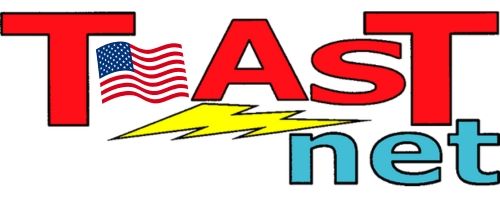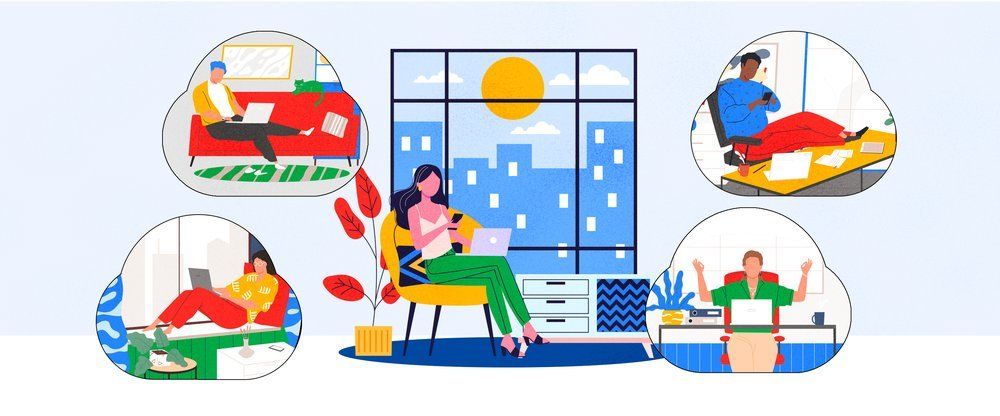Conserve Data: Getting the Most Out Of Your Wireless Plan
 TOAST.net’s new wireless hotspots are flying off of our virtual shelves, giving previously “dial-up” only areas a much needed burst of speed as well as providing mobility to use the Internet anywhere you go. Payment on wireless systems works a bit differently than traditional land-line based Internet service in that wireless uses a “pay for what you use” model, where land-lines use a “pay a flat rate for service” model. Similar to the way electricity or water is billed, the more you use the more you pay.
TOAST.net’s new wireless hotspots are flying off of our virtual shelves, giving previously “dial-up” only areas a much needed burst of speed as well as providing mobility to use the Internet anywhere you go. Payment on wireless systems works a bit differently than traditional land-line based Internet service in that wireless uses a “pay for what you use” model, where land-lines use a “pay a flat rate for service” model. Similar to the way electricity or water is billed, the more you use the more you pay.
This leaves customers with the question “How much data do I need per month?”
Data is an abstract term, and it can be confusing. Just like using electricity in a new house, it may take a few months to discover your usage patterns to see which level of service will be best for you. There are ways you can keep your data use in check, however. Here are a few tips to make sure you are getting the most out of your wireless connection:
Monitor Your Usage
It’s a good idea to keep track of your usage during the month. This gives you an idea of how much you truly use the service, plus may indicate behaviors you want to limit. Most wireless carriers let you see your data usage on their website. TOAST.net allows you to view your usage by logging into My Account on the TOAST.net Start Page.
Avoid Streaming Media
Streaming music and video is obviously very popular, with services like YouTube, Pandora, Spotify, and Netflix being some of the most popular services on the Internet. If you’re a streaming addict, you may want to find yourself a free Wi-Fi connection to feed it. Any streaming service will eat through your data plan faster than you can say “kitten video.” When using your mobile hotspot, it’s best to avoid these sites.
Use a Web Accelerator
TOAST.net is one of the few wireless companies that offers a Web Accelerator with our service. I have no idea why this practice isn’t more wide-spread, but using an Accelerator while web browsing is a win/win for everyone. Web Accelerators work by directing your traffic through an “acceleration server,” which takes any information you’ve requested from the Internet and squeezes it down to a fraction of its normal size. Once received on your computer, the information is then decompressed and displayed normally. The result is your webpage loads faster …usually a LOT faster, and since you’re downloading less you get more browsing for the buck.
Automatic Updates
This is a sticky subject as there are some good and bad aspects to software that updates automatically. Windows, antivirus software, Adobe products, and other applications are often set to automatically update when a new version is available. These updates patch recently discovered security holes and fix bugs. However, these updates can also be quite large, not to mention slowing down your connection at inconvenient times.
Since you pay for data, you are also in effect paying for these updates to download. It may be best to update your software when you’re on an “unlimited” connection (such as using the WiFi at a library or a coffee shop). You can set Windows to only prompt you when updates are available by doing the following:
- On the Start menu, right-click My Computer , and then click Properties .
- Click the Automatic Updates tab, and then click Notify me before downloading any updates and notify me again before installing them on my computer .
You can also turn off automatic updating on other Windows software by adjusting the settings on the little icons on your Tooltray (in the lower right corner of the screen next to the clock).
Now, there’s a ‘gotcha’ to doing this: if there is a security update that is being released, you will be vulnerable to what ever problem is being fixed until you run that update. If you are going to turn off automatic updates, be sure to install the updates in a timely manner .
Apps and Games
If you are using a tablet with your wireless hotspot, Apps stores can get you into hot water. Some apps are not only gigantic (my son downloaded a Zombie game to his Kindle Fire last week that was nearly 500MB!), apps can also be set to automatically download updates and new features. Be sure to carefully examine the size of any apps you download, and after installation see if they are set to update on their own.
Game sites are in a similar boat. They download “mini-apps” in your web browser each time you visit them. Sites like Pogo or Kongregate can be so data-intensive that you end up blowing through your data plan in a couple of days. Be careful with gaming sites with intensive graphics or ones that require large downloads to operate.
Use Webmail
The majority of people have weened themselves off of email programs like Outlook Express or Windows Mail by now, but there are still some sticklers out there. Webmail is the preferred method of viewing email on a wireless hotspot because all of your email comes in the form of a simple webpage…meaning low data transfers. When you use an email program, there’s a lot of extra requests and authenticating going on in the background, then each message has to be downloaded when you open it. Email programs are much less efficient when trying to conserve data traffic.
Be Realistic
Data plans with TOAST.net start at $25 for 1GB/month. A lot of people switching from dial-up to wireless figure “I only used to use 400MB/month, so 1GB should be fine!” The problem with that logic is wireless is a LOT faster and therefore more convenient to use. When something is convenient, you tend to use it more. Watch your usage patterns and then decide if you are indeed on the correct data plan. If you’re below or only going a tad over 1GB /month, then that’s fine. If you’re constantly hitting a lot higher than that, a 2GB or 4GB plan may be better suited for you.









